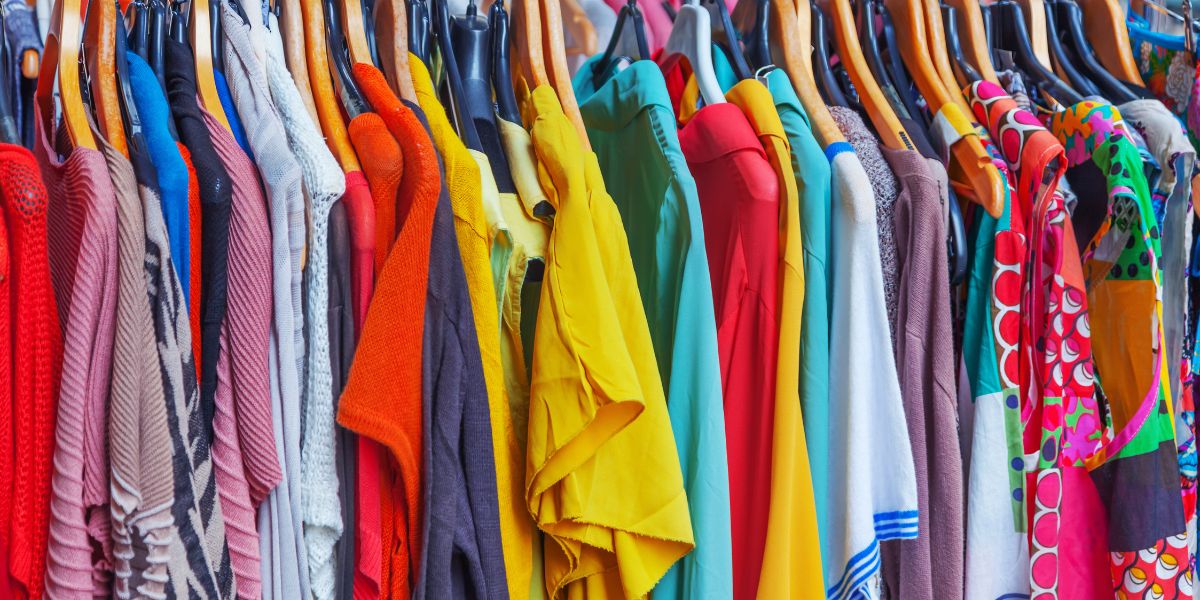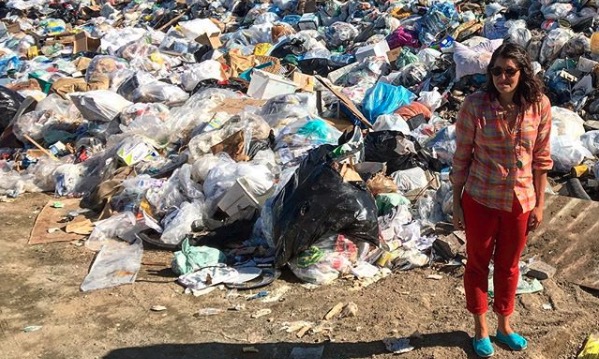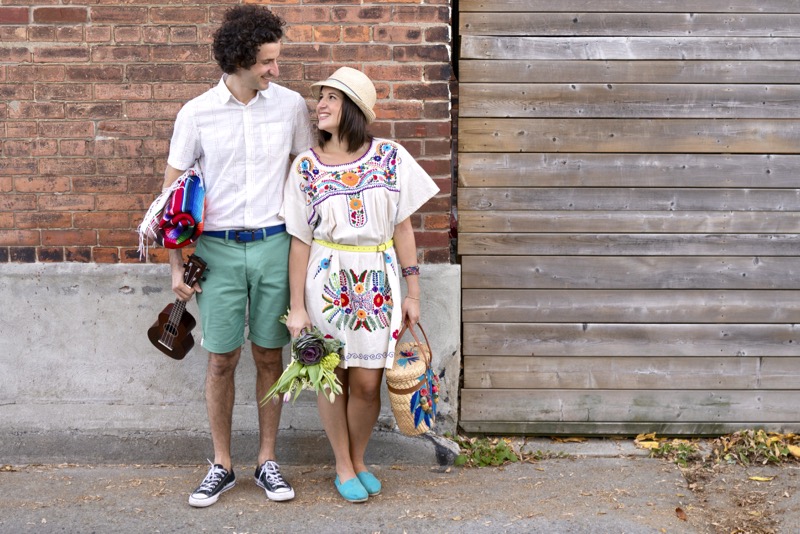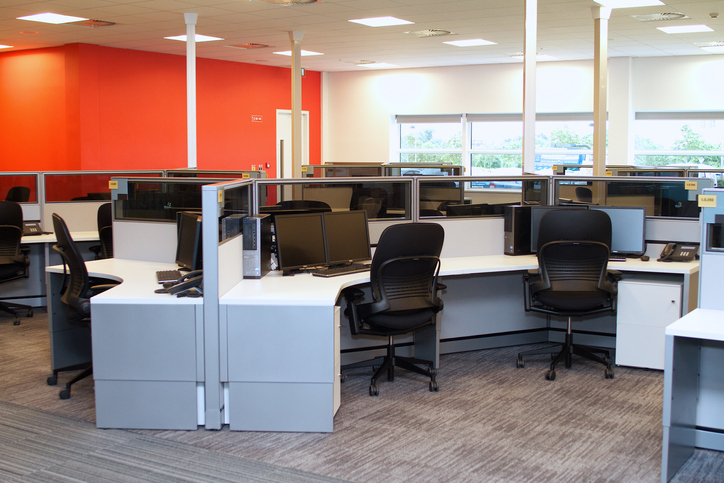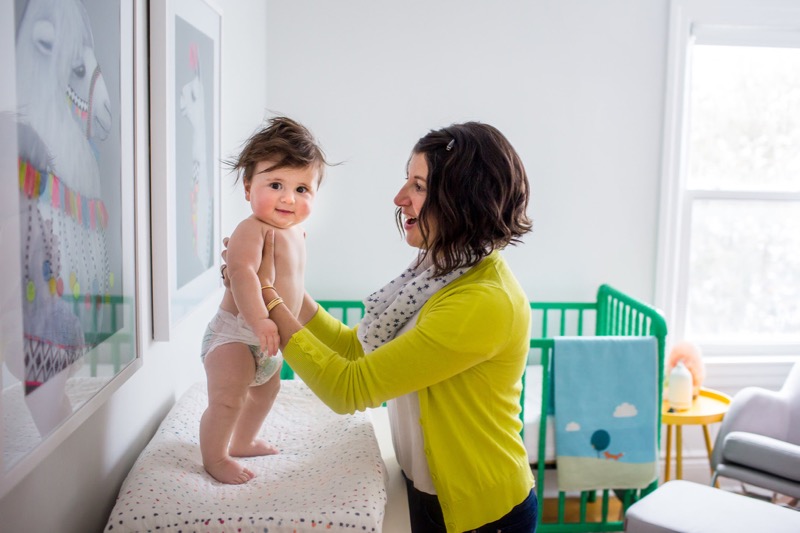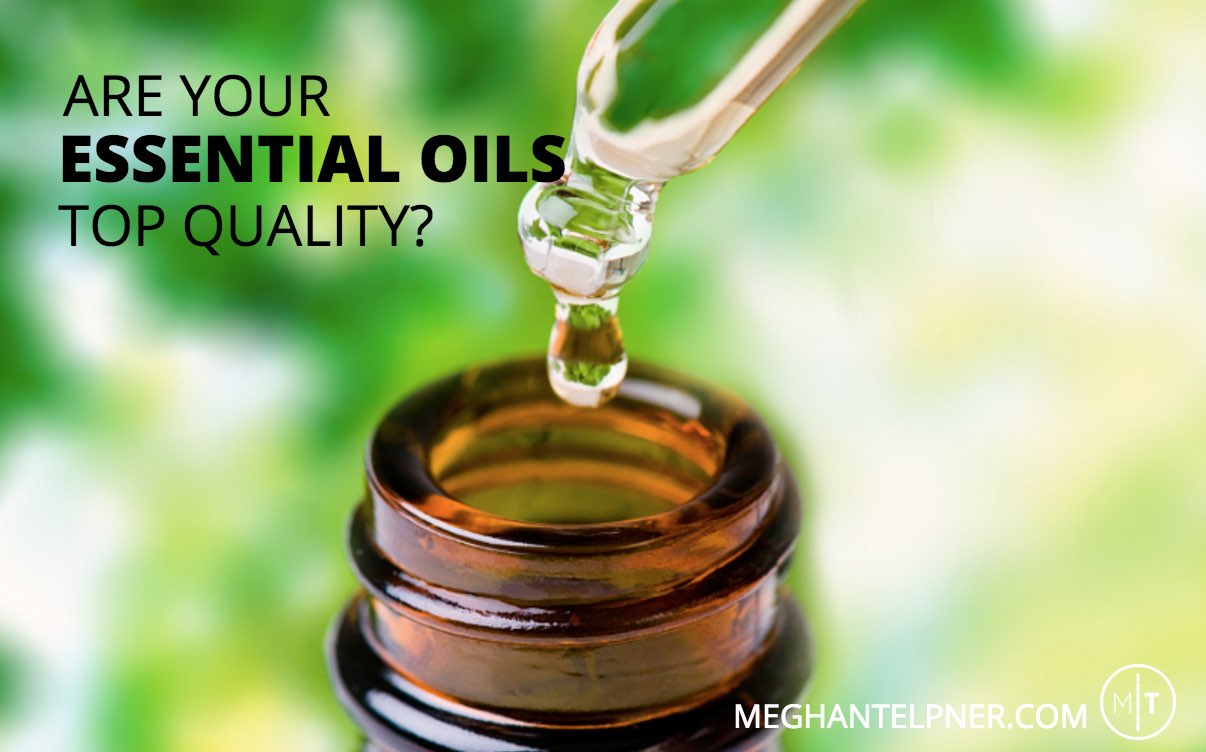How I Created A Healthy Home
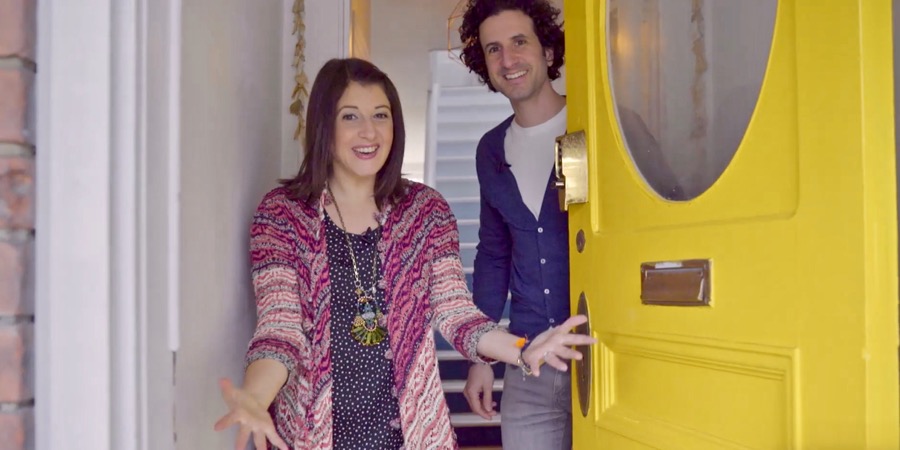
Back in 2016, we went through a home renovation. I was conscious about the choices we were making in terms of paint and other finishes, but as I started looking more into this, I realized that the structural components of the spaces we live in have less impact day-to-day than the stuff we choose to fill our house with.
The health of our homes and what we are inhaling, absorbing through our skin, and using to clean becomes extra critical. Health isn’t just about what we eat, how much we exercise, sleep, and practice gratitude. Those elements are actually the tougher ones to keep going. The health of our home? This is easy. Trust me. As I prefer to approach health from a holistic perspective, meaning the totality of our health, we have to look at all of the factors that affect overall health. To that end, lowering the body burden of toxins becomes critical and the internal environment of our homes is one of the greatest contributing factors.
And guess what? I’ve done the heavy lifting for you– the work is done. Stay with me, here.
My Lightbulb Moment
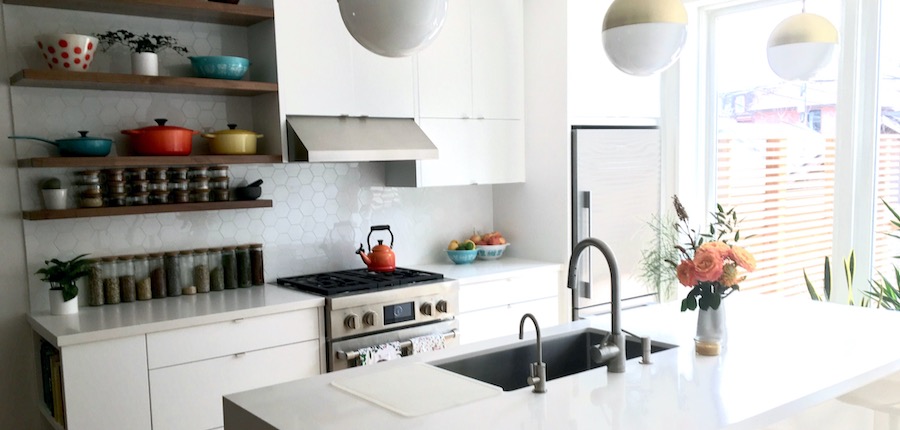
As we were getting ready to move back into our 100-year-old house after our renovation, and I was in the early stages of pregnancy, we bought an air purifier to help offset some of the unavoidable lingering volatile organic compounds (VOCs) that were remaining post-renovation. We unboxed our new air purifier and the smell of the plastic was so strong (what we call off-gassing or releasing more VOCs into the air) that we had to set it up in a closed room where it could off-gas and clean the air from its own off-gassing.
I had this light bulb moment at the time, realizing that I had spent so much time researching things like what kind of paint was being used on the walls (which does matter, but in most cases, once it’s fully dry, becomes inert), but hadn’t given a lot of thought to the furniture I was considering filling my home with.
At the time, I was spending a full 1/3 or so of every 24-hour day sleeping on a mattress made of polyurethane foam – basically solid gasoline that is required by law to contain a certain level of flame retardants. Chemicals in flame retardants migrate out of the furnishings that contain them and become dust that we inhale and ingest. I tried to clear my concern about the off-gassing of my mattress assuming that as it was 10 years old, it was done that process. But when I looked further into this, I learned that there is no free pass on a mattress. Basically, it off-gasses for years, and then once that’s done, it starts degrading and freeing even more polybrominated diphenyl ethers (PBDEs) from flame retardants.
Right about now, you might be experiencing a similar WTF moment that had me starting to look around the rest of my house and wondering what else was going on under the upholstery, shiny finish of build-it-yourself economical furniture, coating on carpets, and window coverings that heat up under the glare of the sun that were directly contributing to my body burden, one I wanted to keep as low as possible while carrying my baby, and of course, once he came into the world.
As I began digging into this topic, I realized that the health of the spaces we live in are critical and are too rarely addressed by medical or alternative health experts. This is what inspired Josh and me to create Healthy At Home, our course all about how to make simple and inexpensive changes in the home that have the potential to have dramatic benefits to overall health – especially our respiratory health.
The Big Investment Changes We Made To Make A Healthier Home
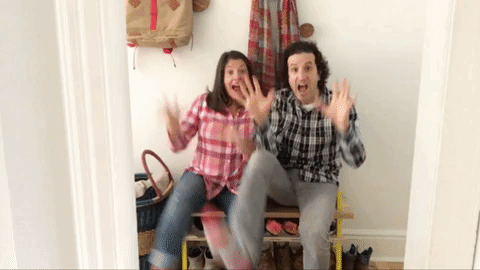
Neither of us were keen on moving out of the city to build a rammed earth, off the grid house (though as I found my way down the rabbit hole of chemicals used in homes, I was tempted). We had to work with the downtown Toronto semi-detached house we had just moved into. And so when we started considering how to allocate a rather limited budget on things that would carry the biggest health impact. We had to weigh things out.
The key here was that we were not rebuilding a home, just making switches to what we furnished it with and used within the home. That’s what makes this all so doable for everyone.
There were two main ‘big ticket’ investments we made when looking at how to make our home healthier.
The Bed
I was pregnant and exhausted, and with 33% of our lives spent sleeping, the bed was the first thing that was in desperate need of an upgrade. This was our biggest expense in terms of healthifying our home but it mattered to us. We swapped our aging gasoline mattress for a 100% natural latex mattress with a wool topper. We got ours from Sunshine Mattress Co, a Canadian company. (Use the coupon code MEGHAN10 for 10% off mattresses and accessories.)
Water
I called in a local company that came over and tested the water from our faucet. We live not far from Toronto’s water treatment centre and when our water was tested, it had close to the optimal level of chlorine as a swimming pool. The chlorine level tends to be lower further away from the treatment center as the chlorine evaporates. As a 10-minute shower is shown to be equivalent to drinking two litres of water, in terms of absorption of whatever is in the water, we went ahead and invested in a whole house de-chlorinator (I used the local Toronto company Nimbus).
As I shared in this post, when we shower, chlorine vapour isn’t just limited to the shower but can spread through the whole home.
Home Cleaning Products
Considering that the average conventional home care cleaning product is actually too toxic to be poured down the drain, what are we thinking when we buy the skull and cross bones stuff to clean the surfaces we touch and use multiple times a day? We committed to making most of our own home cleaning products. I have to do this once every 2 to 3 months so it’s really not a big deal at all. We’d previously been buying the ‘eco-friendly’ brands but often they contained ingredients that were still not optimal or essential. I’ve since mixed and matched between making my own and buying from shops that support refills for things like dish soap, laundry detergent, and body soap.
Choose Natural Rugs
We didn’t have any carpets and were in need of some. Once I started looking into all the stain-guard and 3M patented cocktails used on carpets, in addition to the flame retardants that must be added to synthetic rugs, natural fibers were the, ahem, natural choice. I focussed on cotton and wool (sisal is another option but rougher to the touch). What about staining, you might ask? Don’t buy white rugs or carpets! We got natural wool rugs for the most part and I also invested in a Spot Steam Cleaner (I got the Bissel one). I called the Toxic Taxi to pick up the container of chemicals it comes with and, instead, use a little vinegar and castille soap to steam clean any spills. We got through 4 years of having a child without any permanent staining on our natural rugs.
If you’re in a rental with wall-to-wall carpeting, a regular steam cleaning will be helpful. And if you have a little one crawling around, you might want to throw down some rugs. Those woven cotton rag rugs are a great machine-washable, camouflage-friendly option.
Opening The Windows
This is maybe the littlest big game-changer you can make. And you gotta! Unless you live somewhere with extreme air quality warnings, there’s a good chance the air inside your home is more toxic than the air outside your home. No matter where you live, open your windows every day. All of them. According to the Environmental Protection Agency, indoor air can be 2 to 5 times more toxic than outdoor air. Get air moving through your space. Open those windows, and put the fans on when you first wake up. That is the best ventilation of all!
Take Your Shoes Off At The Door
This video explains this simple and essential step for a Healthier Home
Get Your Ducts Cleaned
If you’re in an apartment or condo building, it’s worth inquiring how frequently this is done. At the very least, if you don’t have control over your ducts, you do have control over the vents the air passes through so ensure these are vacuumed regularly. If you are in your own home, get your ducts cleaned every year. This service is typically under $200 (more or less depending on the size of your house). The air you breathe in the colder months when the heat is on, or in sweltering months with your AC is on, pass through the ducts of your house. This is a simple way to reduce the recirculation of particulates that can aggravate lung and cognitive functions.
Change Your Filters
This also applies to both apartment and home dwellers. If you own a vacuum, optimally there is a vacuum filter to change. Find out based on what you have, how frequently those filters need to be changed and stay on top of it. You are using your vacuum to suck up the dust in your house. As I shared above, that dust can be from the breakdown of chemicals from upholstery or mattresses, or it can be lead dust tracked in on your shoes (or any number of the other things we track in with our shoes). If you have your own furnace, ensure the furnace filter is being changed regularly. Again, all forced air in your home is passing through this.
Ditch The Scented Stuff
Candles, air-freshening sprays, fragrances, body care products – all of it has to go. The toxicity in our homes is cumulative so the more easy swaps we can do, the lower the load will be that the body has to contend with.
And These 5 Simple Swaps
Don’t Feel Overwhelmed! I’ve Got You
As I have been researching, learning, and applying this information for the better part of the last five years, I’ve compiled loads of simple resources to get you started. Remember, there won’t be one specific essential thing for everyone. You have to determine what’s most critical based on your lifestyle. Take some time to review the other articles I’ve written here. And check the recommended posts below that cover some of the key topics.
Want A Guided Approach? This is for you!
If you want a guided approach, checklists, referenced info, video lessons and a full tour of our home, please check out Healthy at Home.
All of the details are here for you.
You can get instant access and go through the course at your own pace. It’s an important one!
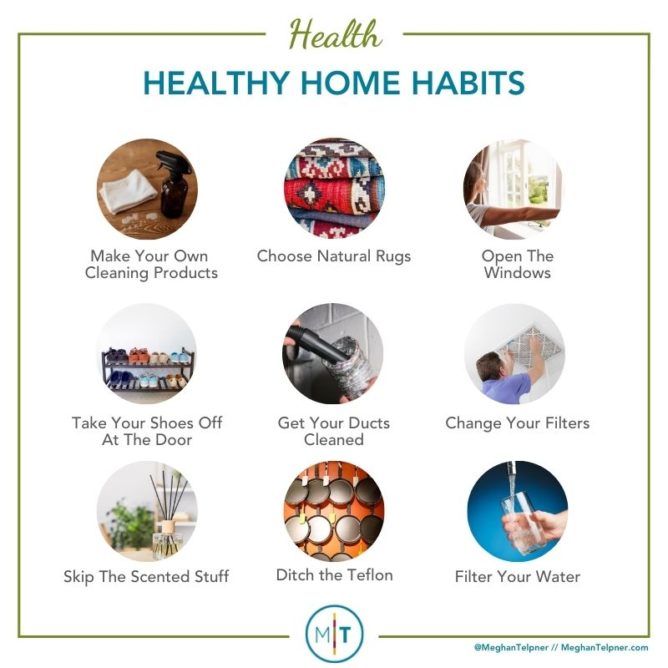
On My Mind Episode 07: How I Created A Healthy Home
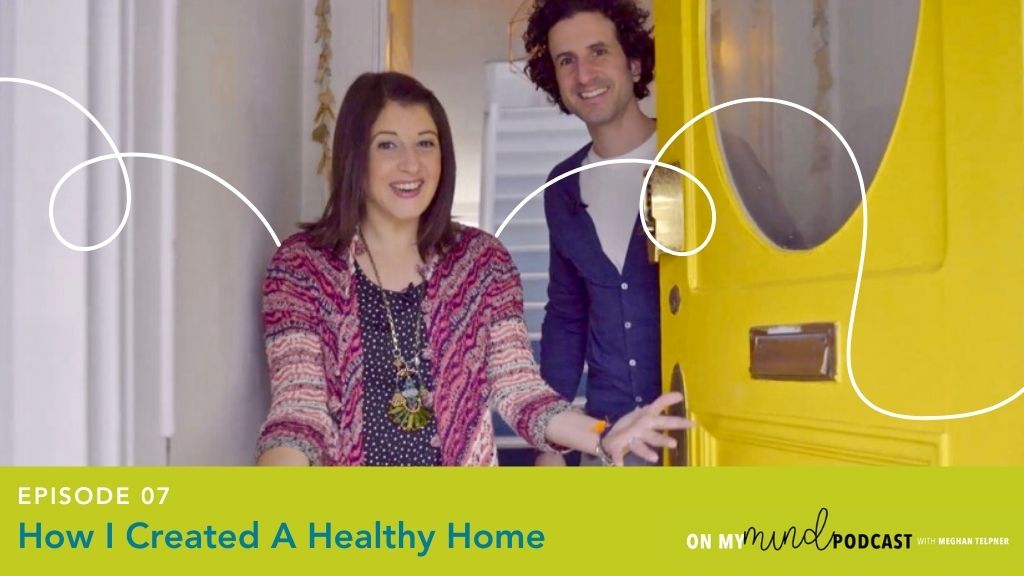
Subscribe today on your favourite podcast app and never miss an episode.
Free Resource Library
Enjoy more than 40 downloadable guides, recipes, and resources.


















